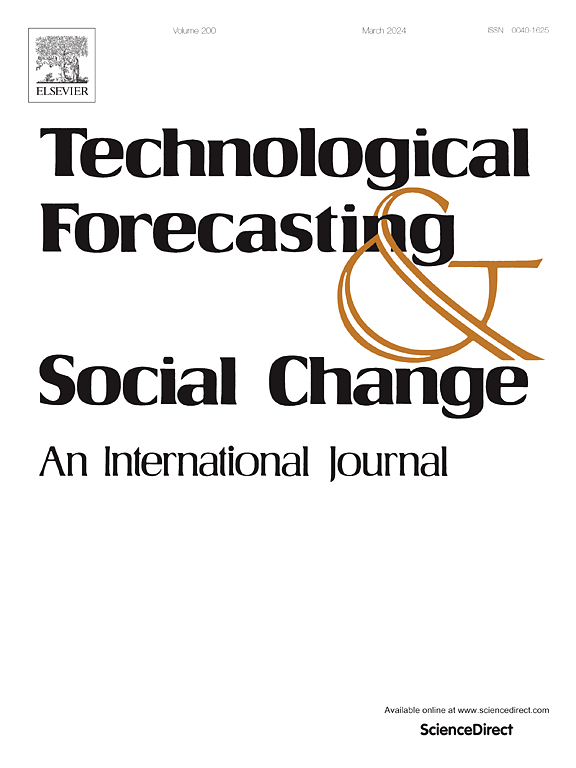Recognition of promising technologies considering inventor and assignee's historic performance: A machine learning approach
IF 12.9
1区 管理学
Q1 BUSINESS
Technological Forecasting and Social Change
Pub Date : 2025-02-22
DOI:10.1016/j.techfore.2025.124053
引用次数: 0
Abstract
Recognition of promising technologies is important for enterprises that are eager to occupy the center position in future markets, considering it can provide valuable R&D (research and development) intelligence and industrial reform signal. Accordingly, many approaches have been introduced in the literature to identify promising technologies; however, most previous studies have relied heavily on technologies' bibliometric and text features. The promisingness of a technology is often determined by various other factors, including the inventor and assignee's historic performance (IAHP) features. To overcome the limitations of previous approaches, we propose a machine learning approach that integrates the bibliometric, text, and IAHP features to accomplish promising technology recognition (named MLIFPR) in this paper. The proposed MLIFPR approach was applied to five fields, including the electrical communication, ship, road construction, electric power, and electric vehicle fields, and its usability was verified. Experiments showed that the approach considering bibliometric, text, and IAHP features achieved an average promising technology recognition precision of 95.9 %, which outperformed existing studies. The recognition performance was significantly improved by >3.3 % after the addition of IAHP features. The proposed MLIFPR approach of this study is a novel data mining tool to assist enterprises in developing and following unhatched disruptive technologies to occupy a leading position in the future market. Besides, the introduced IAHP features as new low-dimensional signals representing the technologies' promisingness can provide a reference for other technological innovation works.
考虑发明人和受让人的历史业绩,识别有前途的技术:机器学习方法
本文章由计算机程序翻译,如有差异,请以英文原文为准。
求助全文
约1分钟内获得全文
求助全文
来源期刊
CiteScore
21.30
自引率
10.80%
发文量
813
期刊介绍:
Technological Forecasting and Social Change is a prominent platform for individuals engaged in the methodology and application of technological forecasting and future studies as planning tools, exploring the interconnectedness of social, environmental, and technological factors.
In addition to serving as a key forum for these discussions, we offer numerous benefits for authors, including complimentary PDFs, a generous copyright policy, exclusive discounts on Elsevier publications, and more.

 求助内容:
求助内容: 应助结果提醒方式:
应助结果提醒方式:


